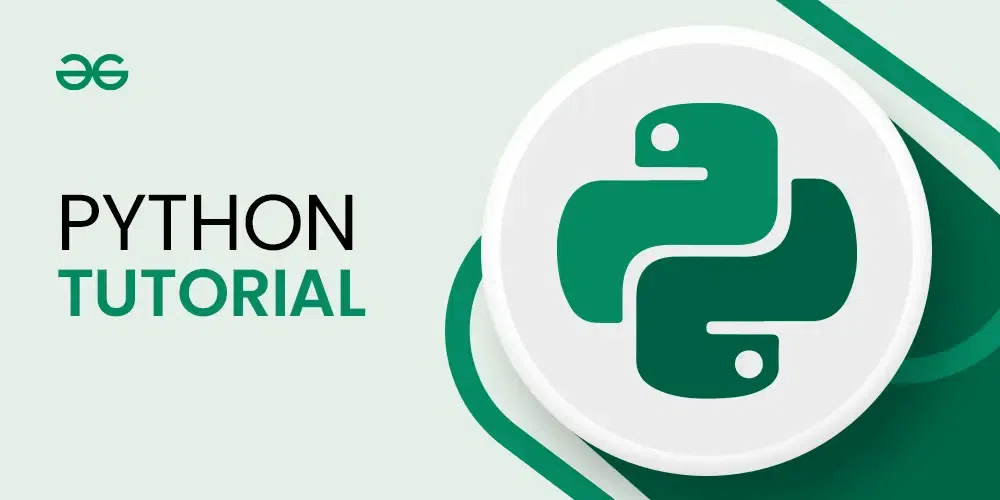Python Programming

Python is a versatile and beginner-friendly programming language known for its readability and simplicity. It's widely used in fields like web development, data analysis, artificial intelligence, scientific computing, and more. Here's a detailed overview of Python basics:
Key Features of Python
- Easy to Learn and Use: Python syntax is straightforward and closely resembles English.
- Interpreted Language: Python code is executed line by line, which makes debugging easier.
- Dynamically Typed: You don’t need to declare variable types explicitly.
- Cross-Platform: Python runs on multiple operating systems like Windows, macOS, and Linux.
- Extensive Libraries: Python has rich standard libraries and a vast ecosystem of third-party modules.
Basic Concepts of Python
1. Python Syntax
- Python uses indentation (not braces
{}) to define blocks of code.
{}) to define blocks of code.2. Variables and Data Types
Variables in Python are used to store data and do not require explicit type declarations.
Common Data Types:
int: Integer numbers.float: Decimal numbers.str: Strings (text).bool: True/False values.list: Ordered collection of items.tuple: Immutable ordered collection.dict: Key-value pairs (dictionary).set: Unordered collection of unique items.
3. Input and Output
Python provides functions to take input from users and display output.
4. Conditional Statements
Used to perform different actions based on conditions.
5. Loops
Used to execute a block of code repeatedly.
For Loop:
While Loop:
6. Functions
Functions are blocks of reusable code.
7. Lists
Lists are mutable, ordered collections of items.
8. Dictionaries
Dictionaries store data in key-value pairs.
9. File Handling
Python can read from and write to files.
10. Exception Handling
Used to handle errors during program execution.
Advanced Topics for Beginners
Modules and Libraries:
- Python includes built-in modules like
math, random, and datetime. - Install third-party libraries using
pip (e.g., pip install numpy).
List Comprehensions:
- A concise way to create lists.
Classes and Objects:
- Python supports Object-Oriented Programming (OOP).
Modules and Libraries:
- Python includes built-in modules like
math,random, anddatetime. - Install third-party libraries using
pip(e.g.,pip install numpy).
List Comprehensions:
- A concise way to create lists.
Classes and Objects:
- Python supports Object-Oriented Programming (OOP).


Comments
Post a Comment